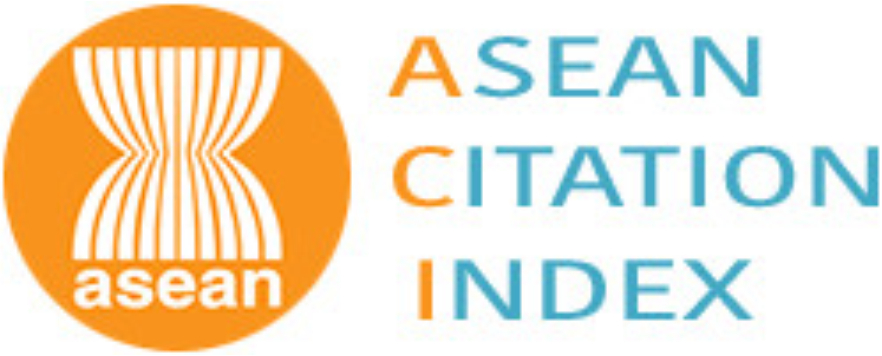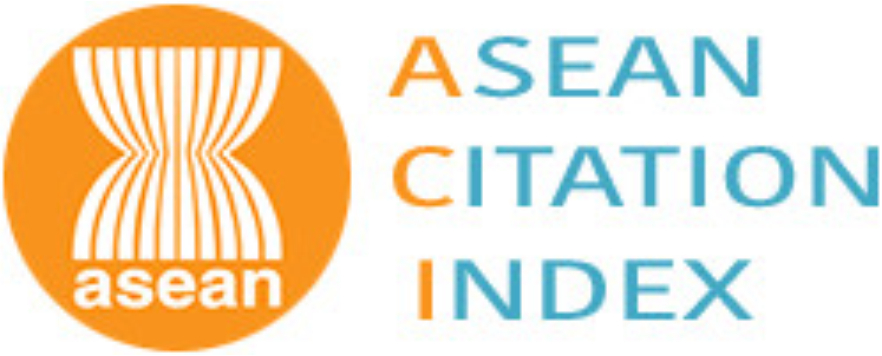Phân tích ảnh hưởng của gân vuốt đến sự biến mỏng thành và nhăn trong quá trình dập chi tiết hình côn thấp
Email:
huongnv@utc.edu.vn
Từ khóa:
chi tiết hình côn thấp, gân vuốt, tạo hình kim loại tấm.
Tóm tắt
Sử dụng gân vuốt có vai trò quan trong trong công nghệ dập tấm bởi vì nó có ảnh hưởng đến chất lượng sản phẩm kim loại tấm. Gân vuốt thường được sử dụng khi dập các chi tiết dạng không đối xứng, hình dạng phức tạp và dập vuốt sâu để cải thiện dòng chảy của vật liệu vào cối. Tuy hình côn thấp là một dạng chi tiết đối xứng nhưng chiều cao tương đối nhỏ nên gây ra sự đàn hồi mạnh do đó trong quá trình tạo hình vật liệu không được tiếp xúc hoàn toàn với bề mặt của dụng cụ. Kết quả là rất dễ xuất hiện nhăn trên bề mặt gây ra phế phẩm. Vì vậy phôi tấm phải được kéo căng bằng gân vuốt. Bài báo đưa ra kết quả nghiên cứu gân vuốt khi dập chi tiết hình côn thấp với các kích thước cụ thể của nó cho ba trường hợp như không sử dụng gân vuốt trên hệ thống chặn, với gân vuốt hình tròn và với gân vuốt hình chữ nhật thông qua mô phỏng số bằng phần mềm Dynaform 5.9 và thực nghiệm với khuôn dập được chế tạo với các kết quả đưa ra từ mô phỏng để xác định được các thông số hợp lý của gân vuốt.Tài liệu tham khảo
[1]. Z. Marciniak, J.L. Duncan, S.J. Hu, Mechanics of Sheet Metal Forming, Butterworth-Heinemann, 2002.
[2]. Narmeen Zuhair Hussein, Hani Aziz Ameen, Ali Hassan Saleh, Effect of the location of draw bead and its profile in cylindrical cup forming, 3rd International Conference on Sustainable Engineering Techniques, 881 (2020) 1-19. https://doi.org/0.1088/1757-899X/881/1/012054
[3] G. Murali, M. Gopal, A. Rajadurai, Effect of circular and rectangular drawbeads in hemispherical cup forming, Arabian Journal for Science and Engineering, 4 (2010) 356 - 360.
[3]. Meng Bao, Wan Min, Wu Xiangdong, Yuan Sheng, Xu Xudong, Liu Jie, Inner wrinkling control in hydrodynamicdeep drawing of an irregular surface partusing drawbeads, Chinese Journal of Aeronautics, 27 (2014) 697 -707.
[5]. R. Dwivedi, G. Agnihotri, Study of deep drawing process parameters, Materialstoday Proceedings, 4 (2017). https://doi.org/10.1016/j.matpr.2017.01.091
[6]. I. Gil, L. Galdos, J. Mendiguren, N. Otegi, E. Saenz de Argandona, Drawbead uplift force analytical model for deep drawing operations, IOP Publishing, 1063 (2018) 1-6. https://doi.org/10.1088/1742-6596/1063/1/012177
[7]. Nguyễn Đắc Trung, Phạm Văn Nghệ, Phạm Hà Dương, Ứng dụng gân vuốt trong công nghệ dập tạo hình các chi tiết phức tạp, Tạp chí Khoa học & Công nghệ các trường đại học, 56 (2006) 74-78.
[8]. Nguyễn Văn Hưởng, Nghiên cứu ảnh hưởng của gân vuốt khi dập tạo hình chi tiết hình dạng phức tạp và mô phỏng bằng phần mềm Dynaform 5.6, Tạp chí Khoa học Giao thông vận tải, Số đặc biệt, 2015.
[9]. Nguyễn Mậu Đằng, Công nghệ tạo hình kim loại tấm, Nhà xuất bản khoa học kỹ thuật, 2004.
[10]. R.H. Wagoner, H. Lim, M.G. Lee, Advanced issues in springback, International Journal of Plasticity, 45 (2013) 3-20. https://doi.org/10.1016/j.ijplas.2012.08.006
[11]. V.L Martrenco, Võ Trần Khúc Nhã biên dịch, Sổ tay thiết kế khuôn dập tấm, Nhà xuất bản Hải Phòng, 2005.
[2]. Narmeen Zuhair Hussein, Hani Aziz Ameen, Ali Hassan Saleh, Effect of the location of draw bead and its profile in cylindrical cup forming, 3rd International Conference on Sustainable Engineering Techniques, 881 (2020) 1-19. https://doi.org/0.1088/1757-899X/881/1/012054
[3] G. Murali, M. Gopal, A. Rajadurai, Effect of circular and rectangular drawbeads in hemispherical cup forming, Arabian Journal for Science and Engineering, 4 (2010) 356 - 360.
[3]. Meng Bao, Wan Min, Wu Xiangdong, Yuan Sheng, Xu Xudong, Liu Jie, Inner wrinkling control in hydrodynamicdeep drawing of an irregular surface partusing drawbeads, Chinese Journal of Aeronautics, 27 (2014) 697 -707.
[5]. R. Dwivedi, G. Agnihotri, Study of deep drawing process parameters, Materialstoday Proceedings, 4 (2017). https://doi.org/10.1016/j.matpr.2017.01.091
[6]. I. Gil, L. Galdos, J. Mendiguren, N. Otegi, E. Saenz de Argandona, Drawbead uplift force analytical model for deep drawing operations, IOP Publishing, 1063 (2018) 1-6. https://doi.org/10.1088/1742-6596/1063/1/012177
[7]. Nguyễn Đắc Trung, Phạm Văn Nghệ, Phạm Hà Dương, Ứng dụng gân vuốt trong công nghệ dập tạo hình các chi tiết phức tạp, Tạp chí Khoa học & Công nghệ các trường đại học, 56 (2006) 74-78.
[8]. Nguyễn Văn Hưởng, Nghiên cứu ảnh hưởng của gân vuốt khi dập tạo hình chi tiết hình dạng phức tạp và mô phỏng bằng phần mềm Dynaform 5.6, Tạp chí Khoa học Giao thông vận tải, Số đặc biệt, 2015.
[9]. Nguyễn Mậu Đằng, Công nghệ tạo hình kim loại tấm, Nhà xuất bản khoa học kỹ thuật, 2004.
[10]. R.H. Wagoner, H. Lim, M.G. Lee, Advanced issues in springback, International Journal of Plasticity, 45 (2013) 3-20. https://doi.org/10.1016/j.ijplas.2012.08.006
[11]. V.L Martrenco, Võ Trần Khúc Nhã biên dịch, Sổ tay thiết kế khuôn dập tấm, Nhà xuất bản Hải Phòng, 2005.
Tải xuống
Chưa có dữ liệu thống kê

Nhận bài
16/06/2021
Nhận bài sửa
07/09/2021
Chấp nhận đăng
14/09/2021
Xuất bản
15/10/2021
Chuyên mục
Công trình khoa học
Kiểu trích dẫn
Nguyễn Văn, H. (1634230800). Phân tích ảnh hưởng của gân vuốt đến sự biến mỏng thành và nhăn trong quá trình dập chi tiết hình côn thấp. Tạp Chí Khoa Học Giao Thông Vận Tải, 72(8), 957-966. https://doi.org/10.47869/tcsj.72.8.9
Số lần xem tóm tắt
414
Số lần xem bài báo
602









